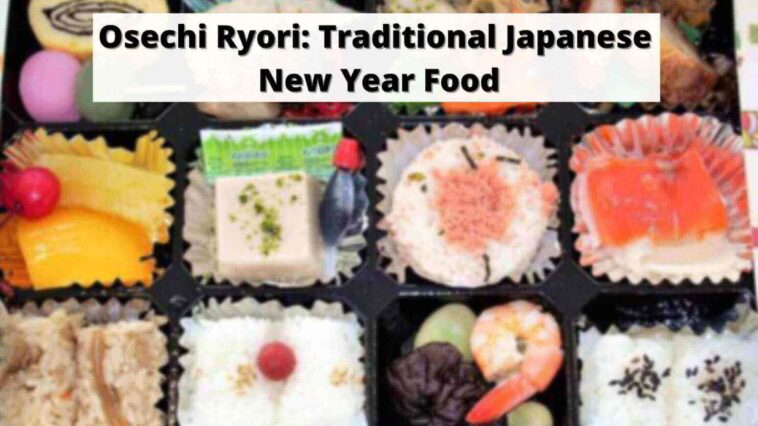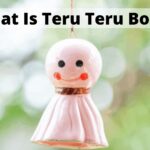Are you looking for Osechi Ryori and the meanings behind Japan’s traditional Japanese New Year food? If yes, here’s a fun read for you!
It’s the time of the year again! Christmas just got over and people around Japan are getting ready to welcome another year. In other western countries, New Year is often celebrated partying, getting drunk or travelling. However, Japan is different.
Page Contents
Osechi Ryori Meaning and Symbolism
What is Osechi Ryori?
Osechi Ryori is the traditional Japanese New Year food started in the Heian period from 794 to 1185. These are easily recognized by their special boxes called jubako that resemble a bento box. Each food has different meanings such as prosperity, fertility, good fortune etc. Some famous Osechi Ryori dishes are Kuromame, Tazukuri, Kobu Maki etc.
Related: Check out the Japanese Halloween Obon. here’s your guide!

In Japan, people spend time with their families, reunite with their close ones and have good food rather than just partying. It’s time for the Japanese to go back to their hometown, visit local shines and have traditional Japanese cuisine.
For the Japanese, food plays a very important role in every tradition and festival and it doesn’t get any better than osechi ryori on New Years.
Related: Check out how the Japanese celebrate Hinamatsuri Girls Day!
Did you know that washoku (traditional Japanese food) was granted UNESCO Intangible Cultural Heritage, the food that centred was pretty much similar to the description of osechi ryori.
Your osechi ryori can be ordered online or cooked with some famous osechi ryori recipes, however you like it! So, let’s see how much you know about osechi ryori, the meaning behind Japan’s traditional New Year Food.
The History Of Osechi Ryori
Osechi Ryori’s story can be traced back to the Heian Period (from 794 – 1185) where a small set of traditional food was offered to gods on sechinichi or days that marked the changing of seasons according to the Chinese Almanacs.
New Year marked the most important day of sechinichi and of course it marked the beginning of another year. Special dishes were offered to the various deities after which members of the courtly society would eat, on this day.
The combined belief for osechi ryori was- any work like cooking should be avoided on the first day of the year mostly for the females who work throught the year. Well, osechi isn’t something that’s on any restaurant’s menu. This is because its special.
Osechi Ryori was quite common and practised throughout Japan by the rest of the society around the Edo period (1603 – 1868) that’s quite a long time, right?
Osechi Ryori is actually a huge set of traditional dishes served in three-four bento boxes called jubako, it has various cuisines.
It is placed on the centre table on New Year’s Eve and kept remaining through January 1 to offer it to the lords before they eat.
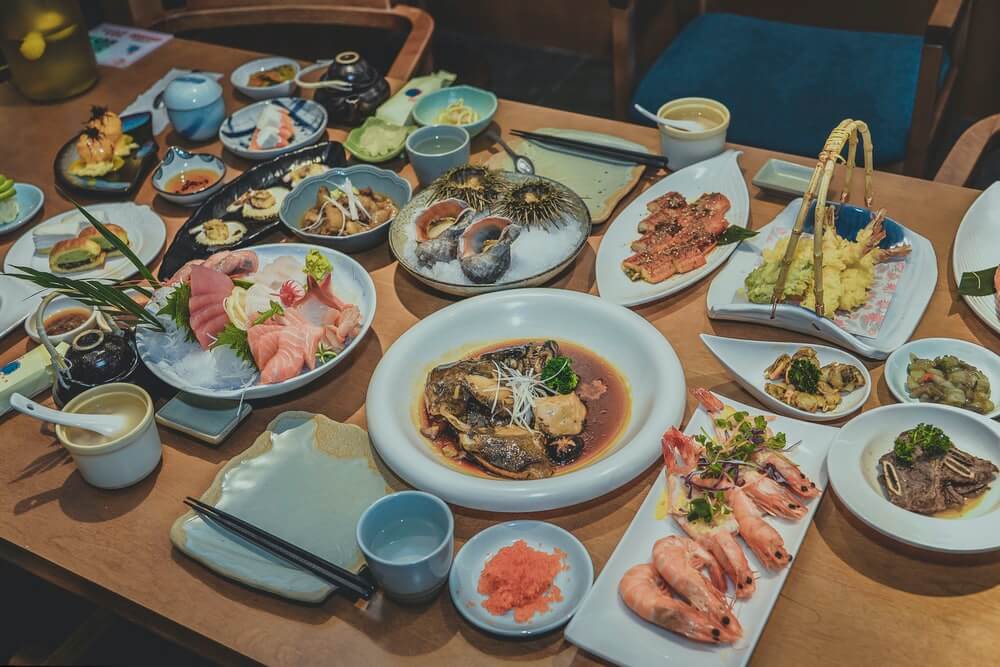
One of the beliefs was that Gods shouldn’t be disturbed by the sound of cooking on the first day of the year and the other is simple, the first day of the month is meant for rest particularly for women who did most of the work throughout the year.
Next up, let’s learn about Osechi Ryori, the hidden meaning behind Japan’s traditional New Year food. You’ll be astounded at how each and every food in osechi ryori signifies something so meaningful.
Osechi Ryori Food And The Meaning Behind The Japanese New Year Foods
Before, Osechi Ryori was quite a simple meal, something like vegetables boiled in soy sauce and vinegar.
But over the years, more and more food kept being added on osechi ryori platter turning it into a much royal affair because of changing lifestyles and exhibition of grandeur.
Now, almost all the meals have special meanings attached to them related either to the name, appearance or special characteristics. Most of the meanings are related to prosperity and leading a better life.
Let’s move on further and check out the most famous Osechi Ryori dishes and their meanings associated with it.
Kuromame: Health
Kuromame is black beans and “mame” originally means health and strength. According to Taoism, black is the colour for protection against evil spirits. Therefore, black beans represent life and work in the year to come for a person.
These black soybeans are tasty and sweetened and known to remove toxins from our body. Hence, Kuromame plays an important role in Osechi Ryori.
Related: What is Obon festival? Check more about it here!
Kazunoko: Fertility
Kazunoko is herring roe, a group of fish eggs. It is a dish with a large number of tiny eggs, Kazu means number and ko means children. So, Kazunoko actually symbolises being blessed with many children and a good year of fertility.
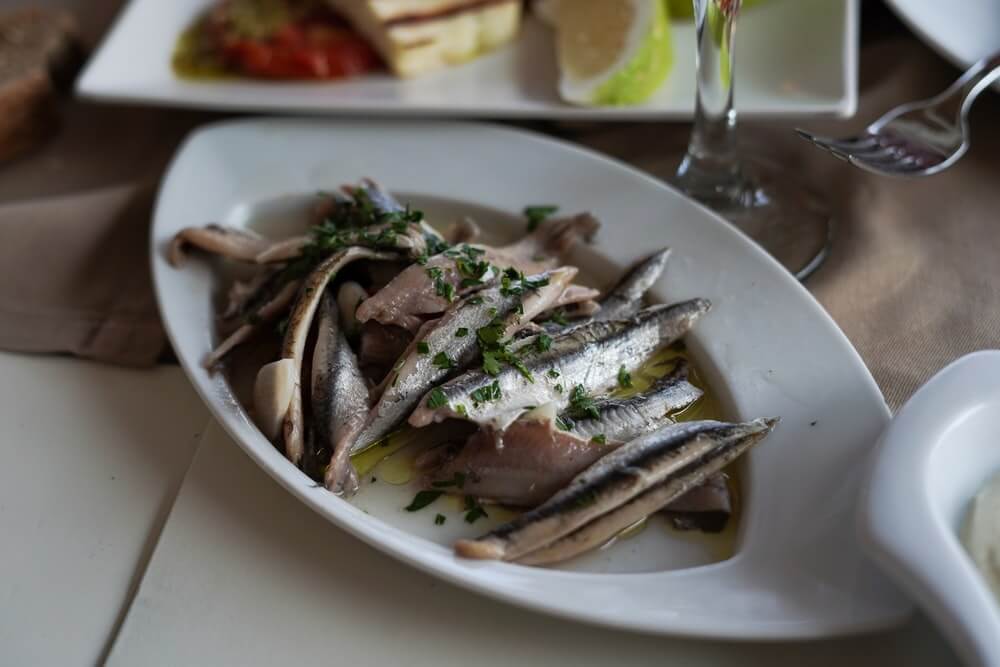
Interestingly, the type of fish used is herring is called “nishin” in Japanese and is written as (二親) in Kanji which means two parents symbolising they’re gonna have kids. Hence, it is a great symbol in osechi ryori.
Related: Check out how Japanese weddings are different from the west!
Tazukuri: Bounty
Tazukuri food is symbolically eaten in the hope that the next year will bring plentiful harvests. The other name of tazukuri is gomame which means 50,000 grains of rice and comes from the fact that sardine fertilizers produce a great harvest of rice.
Tazukuri is a dish of sardines boiled and smeared in soy sauce. In the past, sardines were used to maintain the fertility of the rice fields. The word tazukuri actually means rice field maker.
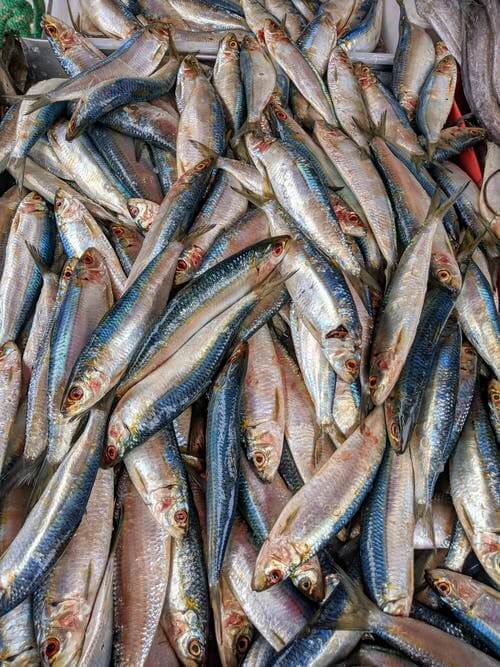
Related: Check out Japanese guys express love, it’s adorable!
Kohaku Kamaboko: Sunrise
Kohaku is one of my personal favourite dishes of osechi meal. Osechi Ryori’s kamaboko is presented as boiled fish paste in a combination of red and white, the colour that represents the flag of Japan.
The red colour symbolises to prevent evil spirits while the white signifies purity. how it’s related to the flag signifies the spirits of nationalism among the Japanese.
The shape of kamaboko resembles a sun at daybreak hence, representing the first sunrise of the new year. Osechi ryori meaning behind Japan’s traditional new year food makes it amazing.
Really love how the Japanese have meanings attached even to mere food for an occasion, but that’s what makes the festival so rich and pure.
Also, Kohaku Uta Gassen is one of the most popular tv shows that people watch on new year’s eve. In this show, there’s a singing competition between two teams, the red and the white.
Related: Check out why the Japanese prefer pets to parenthood than babies!
Datemaki: Scholarship
Datemaki is exactly like tamago yaki (the Japanese rolled omelette) but once you’ll have it in your mouth you will easily know it’s not the same at all. Datemaki is mashed with an additional ingredient, mostly shrimp or hanpen (a fish cake).
The fish cake makes it much fluffier than tamagoyaki (one of the fluffiest dishes around the world!). In the past, the Japanese rolled important documents, papers or paintings.
Similar, due to this resemblance, the rolled dish represents a development of culture, learning and scholarship. It is also quite sweet in taste unlike the tamago.
Datemaki is one of the dishes of Osechi ryori, japanese new year food that is for wisdom and knowledge.
Related: Check out the &And Hotel review if you’re planning a stay there when in Japan!
Kobu Maki: Happiness
Kobu and kelp are very different dishes even in meanings. Kobu is however quite simple, kobu is a homonym for yorokobu, it means joy and happiness. Kobu maki is served with seaweed and pretty much resembles a sushi.
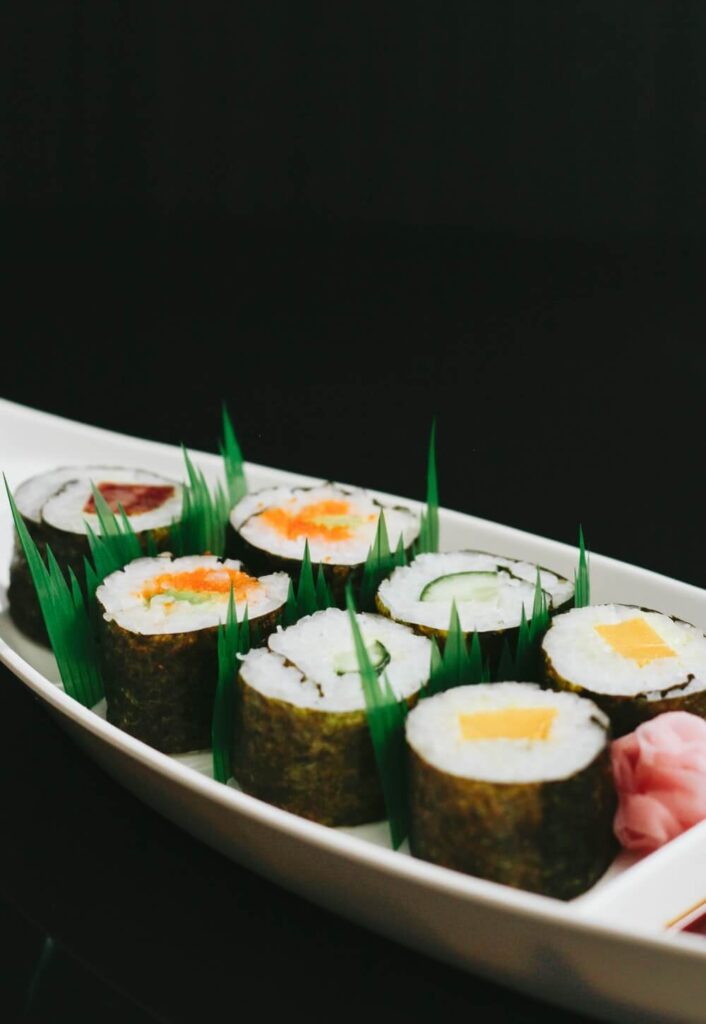
Kobu symbolises many children and is symbolised as 子生, in Kanji which means childbirth. It is unimaginable how the osechi ryori food meanings work, beautiful!
Related: Here’s the Japanese lucky charm you need to know about: Teru Teru Bozu!
Kurikinton: Wealth
Kurikinton is sweet dumplings made up of chestnuts. It literally means golden dango. The colour of the dish is goldish-yellow and quite obviously signifies weath and prosperity.
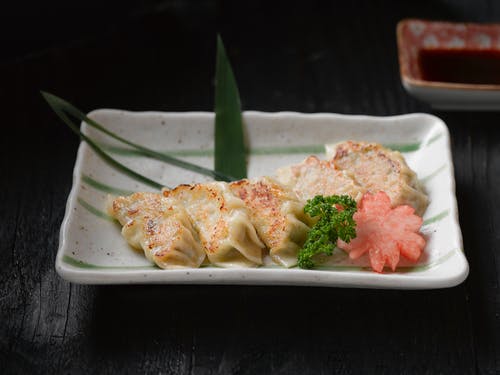
If its your first time you might not like it as it is quite sticky but if you’re a sweet tooth then you can have a good dollop of it for the new years or even later.
All the Osechi ryori food has meaning behind the traditional new year food that makes it super amazing as it is extremely thoughtful.
Related: Check out the 10 fun things to do in Urahara, with the love of your life!
Tai: Auspicious and Celebration
Tai fish is often eaten to celebrate occasions like childbirth, at weddings in the hope of happiness and prosperity.
Tai is actually a Sea Bream, is a fish of celebration in Japan. It comes from “medetai “meaning “to celebrate” and yessss, the New Year is all about celebration.
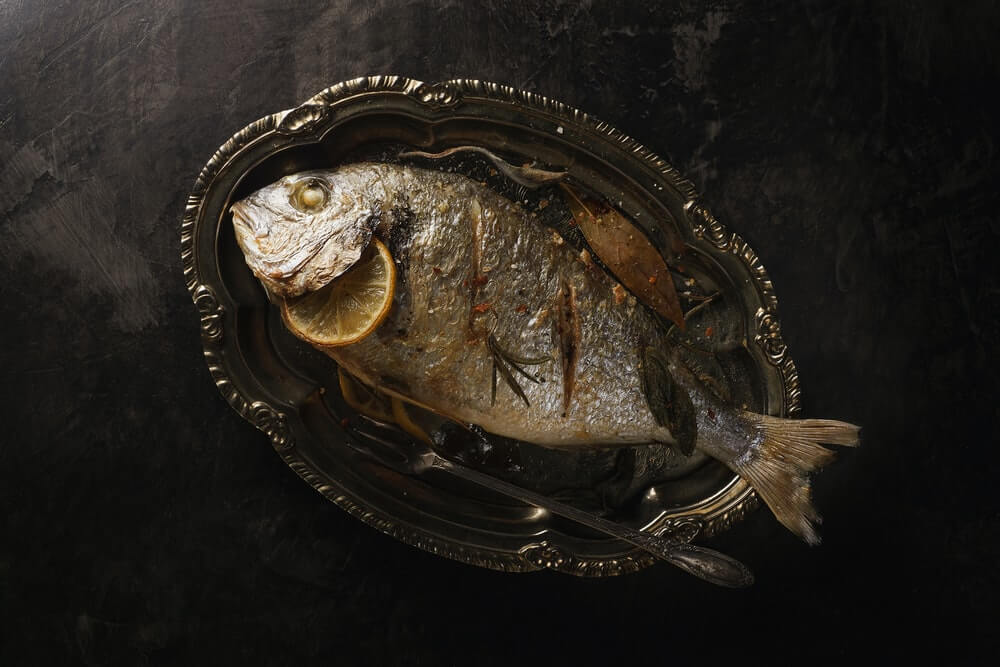
Apparently, you should make a wish when you remove the bones of the fish and enjoy this dish of osechi ryori with complete enjoyment. If your wish comes true, definitely, your osechi meal was worth it!
Related: Omamori is another type of Japanese lucky charm, here’s all you need to know about it!
Renkon: Good fortune
In Buddhism, renkon is a plant of purity and is believed only to grow on heavenly ponds where the Buddha lived. Renkon is a osechi ryori dish which is actually lotus stem, the circular bottom part which is good for consumption.
Lotus stem represents a happy future without any obstacles.
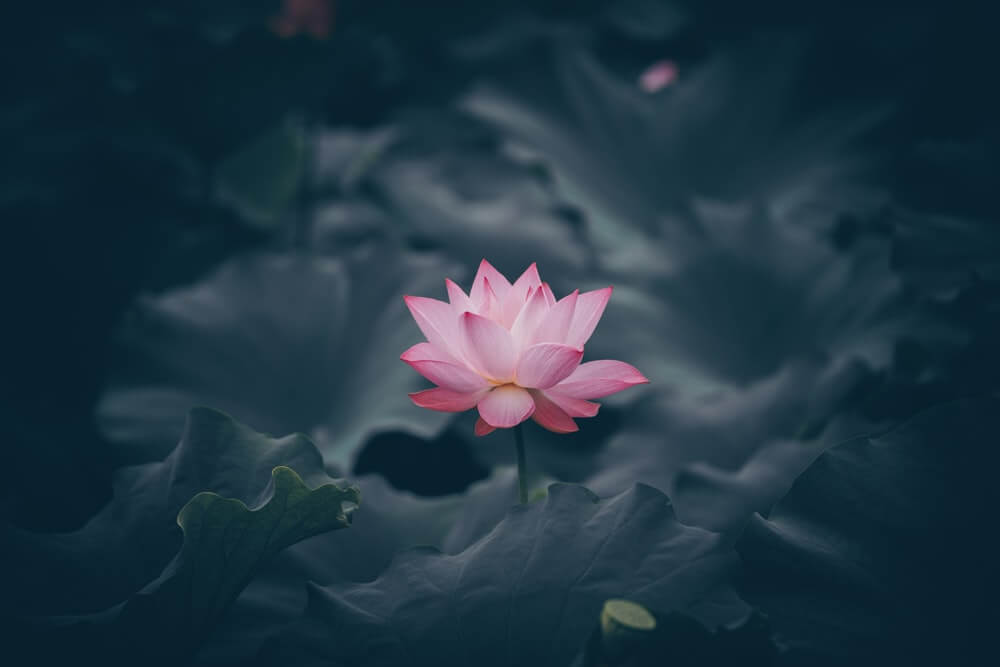
If you’re pondering too hard over it, just look at the renkon plant and you will clearly understand the inference.
Related: Check out the difference between soba vs. ramen to avoid confusion the next time you’re at a Japanese restaurant!
Kuwai: Sturdy Career
Kuwai ( sounds like Kawaii but no they’re not the same!) represents a sound career that is associated with the long shape of it. The long shape also signifies less obstacles and a smooth path to one’s career.
This is an underwater plant that grows a long tube which is a famous Japanese new year food of osechi ryori. No job hunting and a very successful career for Kuwai!
How is Osechi Served?
Here’s a breakdown of how Osechi ryori is typically served and the meaning behind its various dishes:
Osechi Ryori Serving Style
Osechi ryori is elegantly presented in stacked lacquer boxes called jubako, with multiple tiers. These jubako boxes are beautifully decorated and often feature auspicious designs, reflecting the festive spirit of the New Year.
- Top Tier Of Osechi:
The top tier of the jubako typically includes special dishes that are considered the main attractions of Osechi ryori. These dishes often represent good luck, prosperity, and longevity. Some common examples found in the top tier are:
- Kazunoko: Herring roe symbolizing fertility and a prosperous family.
- Kurikinton: Mashed sweet potatoes with sweet chestnuts, signifying wealth and fortune.
- Tazukuri: Caramelized baby sardines, representing a bountiful harvest.
- Second Tier Of Osechi
The second tier consists of dishes that offer additional symbolism and flavors. These foods often represent specific wishes or aspirations for the upcoming year. Some examples found in the second tier include:
- Ebi (Prawn): Symbolizing longevity and a wish for a long life.
- Datemaki: Sweet rolled omelet representing knowledge and academic success.
- Namasu: Pickled daikon and carrot salad, signifying good health and vitality.
– Subsequent Tiers Of Osechi
The lower tiers of the jubako box contain a wide assortment of dishes that vary based on regional and personal preferences. These dishes can include a combination of the following:
- Nimono: Simmered vegetables or meat, representing harmony and balance.
- Kamaboko: Steamed fish cake, symbolizing the rising sun and celebration.
- Mochi: Sticky rice cakes, associated with family togetherness and unity.
Presentation and Symbolism Of Osechi Ryori
The presentation of Osechi ryori is carefully curated to convey symbolism and aesthetic appeal. Each dish is meticulously arranged to showcase a harmonious blend of colors, textures, and shapes.
The symbolic meanings of the dishes are deeply rooted in Japanese culture and beliefs. For example:
- Red and White: The colors red and white are frequently used in Osechi ryori as they symbolize celebration, joy, and purity.
- Natural Ingredients: Osechi dishes often incorporate seasonal and natural ingredients to represent the blessings of nature and the changing seasons.
- Shapes and Patterns: Some dishes are shaped or prepared to resemble objects associated with good fortune and prosperity, such as coins or treasure bags.
In summary, Osechi ryori is served in stacked jubako boxes during New Year’s celebrations. The top tier features dishes like Kazunoko, Kurikinton, and Tazukuri, representing good luck and prosperity.
The second tier includes Ebi, Datemaki, and Namasu, symbolizing longevity, knowledge, and good health.
Lower tiers contain a diverse assortment of dishes with regional and personal variations. The presentation of Osechi ryori is aesthetically pleasing, with each dish holding symbolic meanings tied to Japanese culture and beliefs.
What does kamaboko symbolize?
Kamaboko, a steamed fish cake, symbolizes celebration, good luck, and seasonal joy. Its bright colors represent the rising sun and bring a sense of happiness to festive occasions. The shape resembles a coin, symbolizing prosperity. The white color signifies purity, while the pink color represents good health. Kamaboko adds to the aesthetic appeal of Osechi ryori with its visually appealing appearance and geometric patterns.
What kind of foods are in osechi ryori?
Osechi ryori includes a variety of symbolic dishes such as kuromame (sweet black soybeans), kazunoko (herring roe), tazukuri (caramelized baby sardines), kurikinton (mashed sweet potatoes with chestnuts), ebi (prawn), datemaki (sweet rolled omelet), namasu (pickled daikon and carrot salad), kamaboko (steamed fish cake), nimono (simmered vegetables or meat), mochi (sticky rice cakes), ozoni (traditional soup), and renkon (lotus root).
Why is osechi so expensive?
Osechi ryori can be expensive due to the use of high-quality ingredients and the meticulous preparation and time required to create the dishes.
Why do Japanese people eat osechi?
Japanese people eat Osechi ryori for its symbolic meanings, to start the year with good fortune, as a traditional custom, and to promote family togetherness.
Why is kamaboko pink?
Kamaboko is often pink in color due to the addition of a natural food coloring called sakura denbu. Sakura denbu is made from finely ground pickled and seasoned fish, typically pink or red in color. When added to the fish paste used to make kamaboko, it imparts the distinctive pink hue. The pink color is visually appealing and adds to the festive and celebratory atmosphere of dishes like Osechi ryori.
Osechi Ryori Feast!
While you feast on osechi ryori, I hope this article- Osechi Ryori: The Meaning Behind Japan’s Traditional New Year Food. Japan is all about its delicious cuisine, culture and heritage.
Hope your osechi ryori was a tummy-full of delicious cuisines and you get all that it signifies, Cheers!
Also Read:


